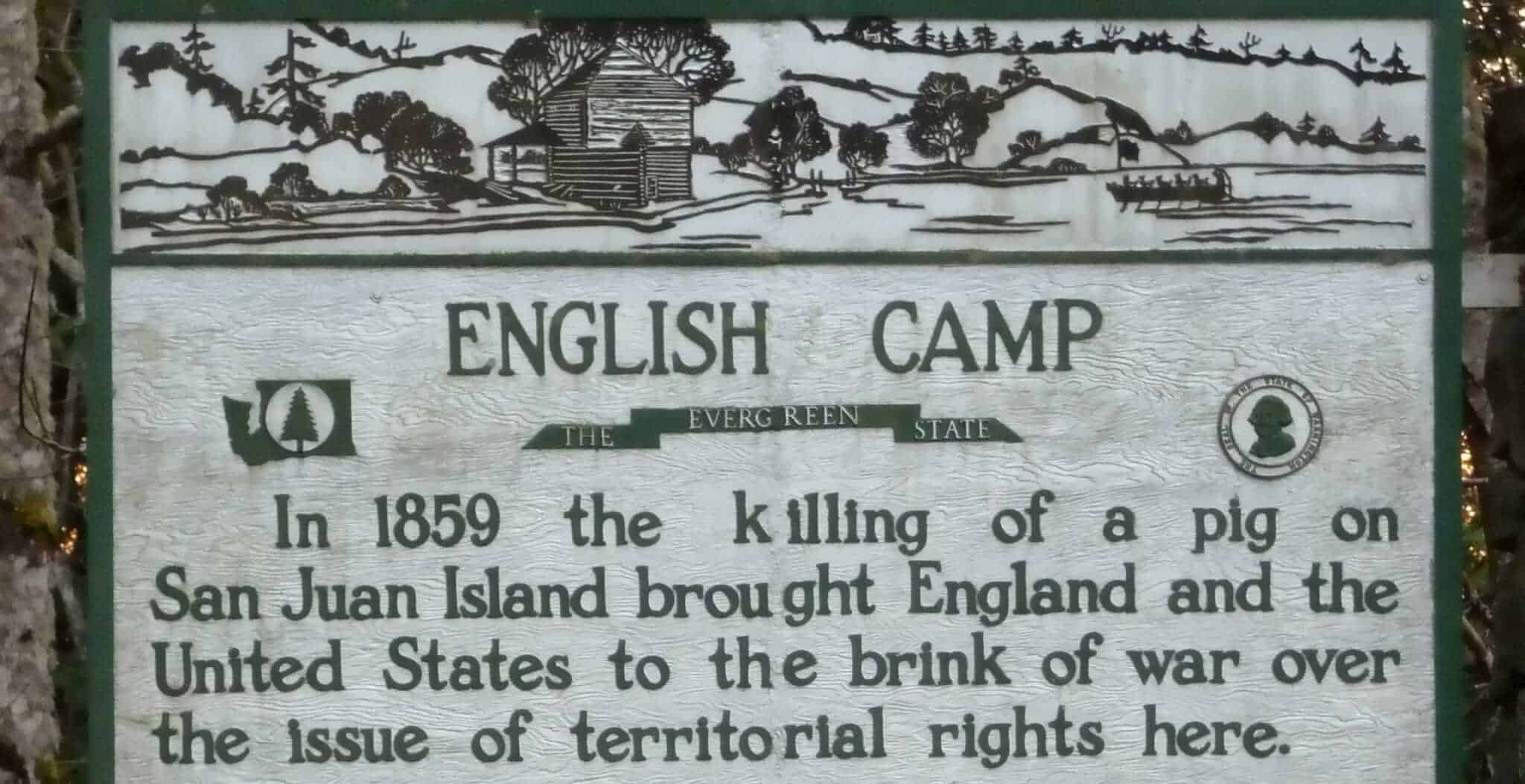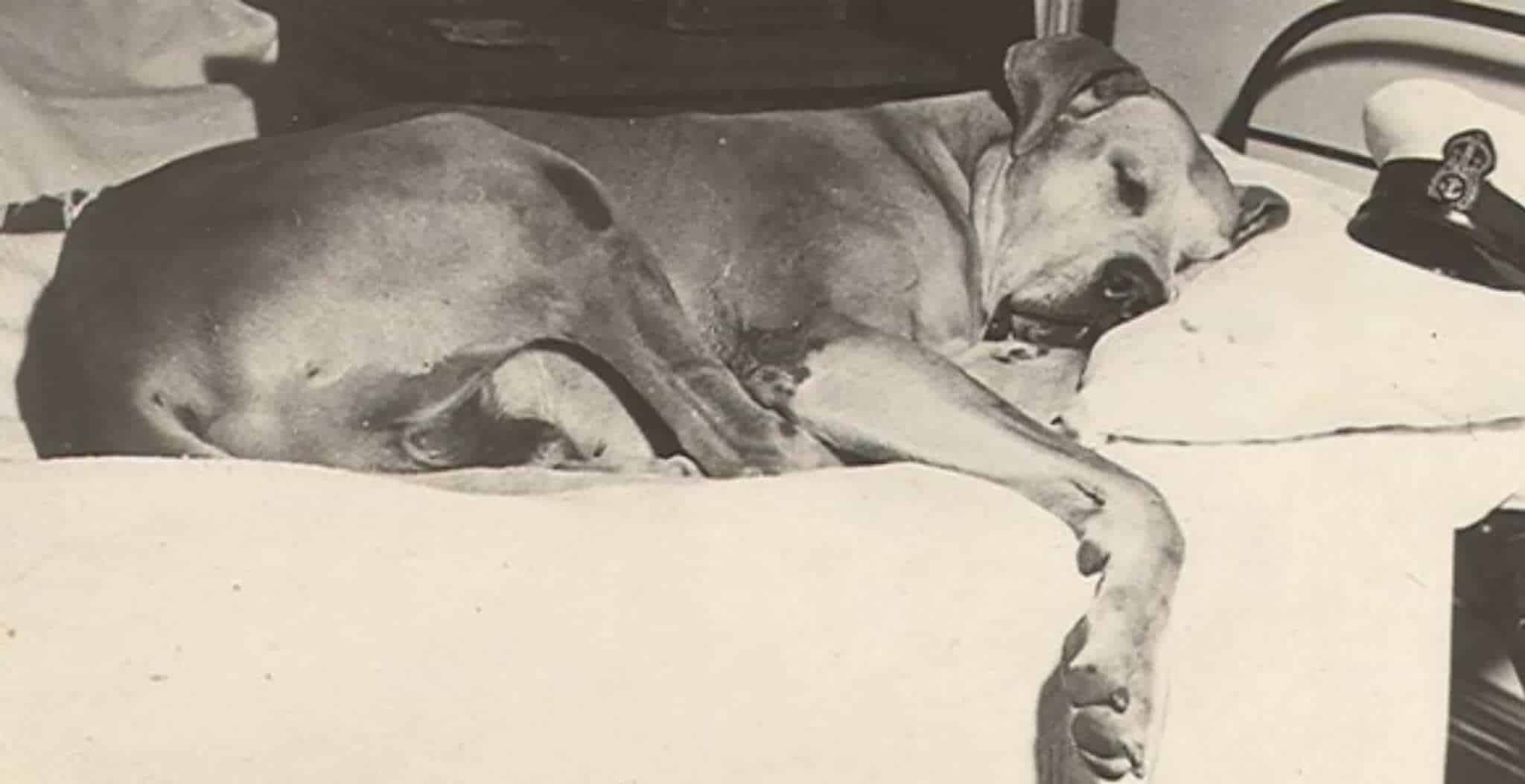Theo, a springer spaniel arms and explosives dog, has been posthumously awarded with the Dickin Medal, in recognition of his life-saving actions while serving in Afghanistan. He and his handler, Lance Corporal Liam Tasker, were inseparable until Lance Corporal Tasker was shot by a sniper and killed in Afghanistan in 2011. Theo died of a seizure just hours later. Together they provided search and clearance support, uncovering hidden weapons, improvised explosive devices (IEDs) and bomb-making equipment. Theo’s exceptional devotion to duty in Afghanistan saved many lives; he becomes the 64th recipient of the award.
 The Dickin Medal was inaugurated in 1943 initially to honour the work of animals in war. Since then 34 dogs, 32 messenger pigeons, 4 horses and 1 cat have been awarded this ‘animal Victoria Cross’.
The Dickin Medal was inaugurated in 1943 initially to honour the work of animals in war. Since then 34 dogs, 32 messenger pigeons, 4 horses and 1 cat have been awarded this ‘animal Victoria Cross’.
The medal itself is a bronze medallion, inscribed with the words “For Gallantry” and “We Also Serve”. Maria Dickin, founder of the People’s Dispensary for Sick Animals (PDSA), established the award for any animal displaying conspicuous gallantry and devotion to duty whilst serving with the British armed forces or civil emergency services.
The first to receive the award, in December 1943, were three pigeons serving with the Royal Air Force, all of whom were involved in the recovery of air crew from ditched aircraft during the Second World War. Another to earn the Dickin Medal during World War Two was Crumstone Irma, a dog who served with London’s Civil Defence Service. She worked tirelessly to find people trapped in the rubble during the London Blitz and successfully located 191 people. She is buried in the PDSA Animal Cemetery, Ilford.
More recently, in 2002 the medal was given in honour of three dogs for their role in the September 11 terror attacks; it was also awarded to two dogs serving in Bosnia-Herzegovina and Iraq.
Here are just a few examples of the heroism and courage of the recipients*:

Dogs:
Rob – Collie (pictured above receiving his award)
War Dog No. 471/332 Special Air Service
Date of Award: 22 January 1945
“Took part in landings during North African Campaign with an Infantry unit and later served with a Special Air Unit in Italy as patrol and guard on small detachments lying-up in enemy territory. His presence with these parties saved many of them from discovery and subsequent capture or destruction. Rob made over 20 parachute descents.”
Punch and Judy – Boxer dog and bitch
Date of Awards: November 1946
“These dogs saved the lives of two British Officers in Israel by attacking an armed terrorist who was stealing upon them unawares and thus warning them of their danger. Punch sustained 4 bullet wounds and Judy a long graze down her back.”
Judy – Pedigree Pointer
Date of Award: May 1946
“For magnificent courage and endurance in Japanese prison camps, which helped to maintain morale among her fellow prisoners and also for saving many lives through her intelligence and watchfulness.”
Salty and Roselle – Labrador Guide dogs
Date of Award: 5 March 2002
“For remaining loyally at the side of their blind owners, courageously leading them down more than 70 floors of the World Trade Centre and to a place of safety following the terrorist attack on New York on 11 September 2001.”
Gander – Newfoundland
Date of Award: awarded posthumously on 27 October 2000
“For saving the lives of Canadian infantrymen during the Battle of Lye Mun on Hong Kong Island in December 1941. On three documented occasions Gander, the Newfoundland mascot of the Royal Rifles of Canada engaged the enemy as his regiment joined the Winnipeg Grenadiers, members of Battalion Headquarters ‘C’ Force and other Commonwealth troops in their courageous defence of the Island. Twice Gander’s attacks halted the enemy’s advance and protected groups of wounded soldiers. In a final act of bravery the war dog was killed in action gathering a grenade. Without Gander’s intervention many more lives would have been lost in the assault.”
Cats:
Simon
Date of Award: awarded posthumously 1949
“Served on HMS Amethyst during the Yangtze Incident, disposing of many rats though wounded by shell blast. Throughout the incident his behaviour was of the highest order, although the blast was capable of making a hole over a foot in diameter in a steel plate.”
Pigeons:
Billy
Pigeon – NU.41.HQ.4373
Date of Award: August 1945
“For delivering a message from a force-landed bomber, while in a state of complete collapse and under exceptionally bad weather conditions, while serving with the RAF in 1942.”
GI Joe
Pigeon – USA43SC6390
Date of Award: August 1946
“This bird is credited with making the most outstanding flight by a USA Army Pigeon in World War II. Making the 20 mile flight from British 10th Army HQ, in the same number of minutes, it brought a message which arrived just in time to save the lives of at least 100 Allied soldiers from being bombed by their own planes.”
Princess
Pigeon – 42WD593
Date of Award: May 1946
“Sent on special mission to Crete, this pigeon returned to her loft (RAF
Alexandria) having travelled about 500 miles mostly over sea, with most valuable information. One of the finest performances in the war record of the Pigeon Service.”
Horses:
Warrior
Date of Award: awarded an honorary Dickin Medal posthumously in 2014
Nicknamed “the horse the Germans couldn’t kill”, Warrior served on the front line for the duration of the war after arriving on the Western Front on 11 August 1914. He survived machine gun attacks and shelling, and was buried under debris in the mud of Passchendaele. His story “epitomises the vital roles played by millions of animals in war”.
*Source: The PDSA.
For more information on the medal and its recipients, please visit the PDSA website.











